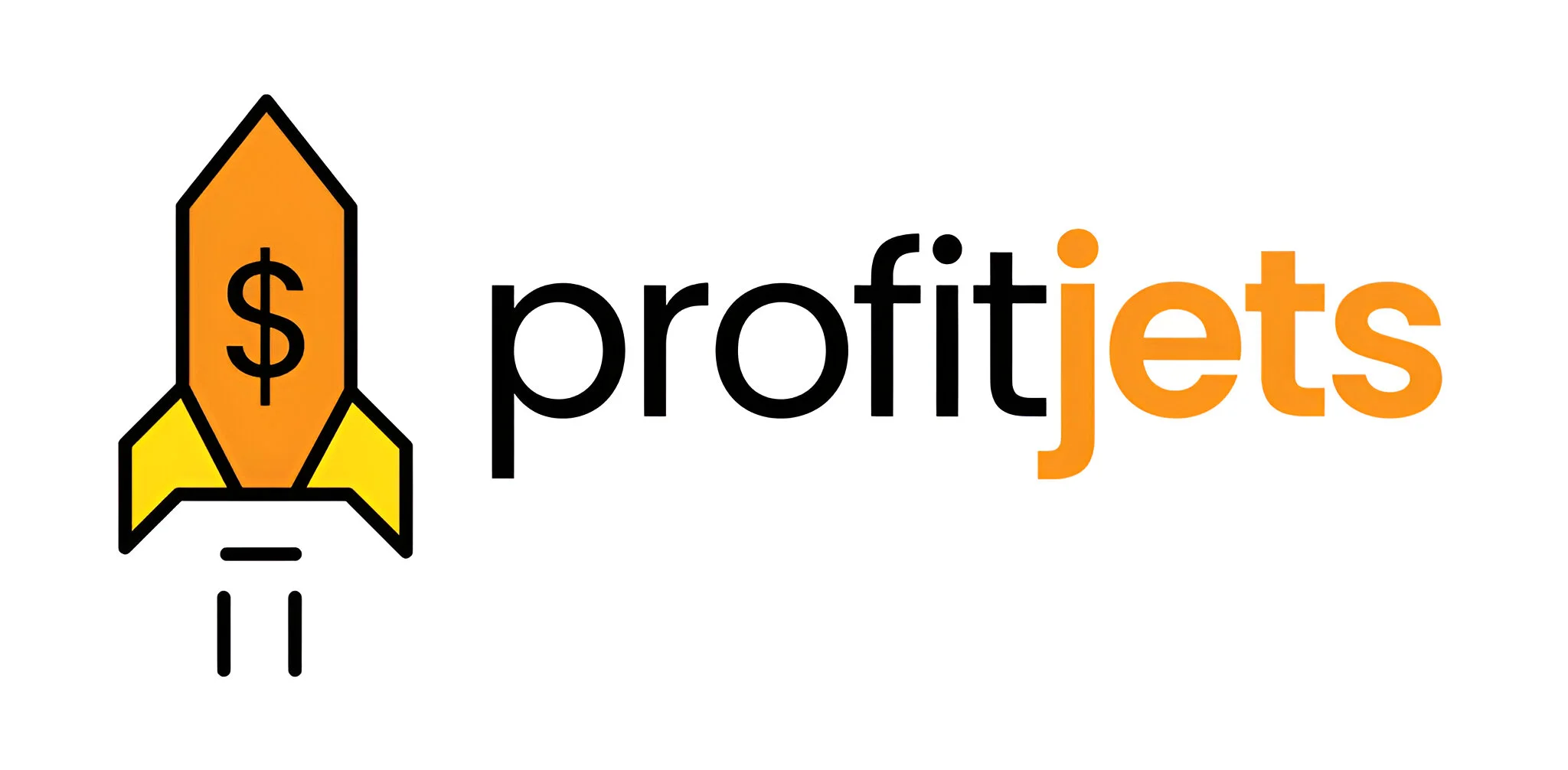When it’s tax season, every deduction counts, especially for working parents & caregivers. According to the U.S. Department of Labor, families spend between 8.9% and 16% of their median income on full-day care for a child. The actual annual cost even exceeds $10,000 per child! Sometimes surpassing $15,000 in high-cost urban areas.
IRS Form 2441 accounts for some of these childcare expenses and reduces your tax bill. This article outlines the basics of Form 2441 and the instructions to file it.
Interesting Fact: The tax credit of IRS Tax Form 2441 goes beyond daycare expenses; a wide range of services like summer camps, after-school programs, and even in-home caregivers are covered with the intention to help parents work. Here’s what you need to know about Form 2441 to file your taxes.
Table of Contents
What is IRS Form 2441?
A tax form used to calculate and claim the Child and Dependent Care Credit. It is a nonrefundable credit that could potentially bring down your tax liability if you are eligible and have paid someone to care for your child. To claim the credit, you have to be employed or must be actively seeking employment, and your child or dependent individual must be under 13 years old. You could also claim credit using IRS Form 2441 for a disabled spouse or a dependent who is mentally or physically unable to care for themselves. The purpose of Form 2441 is to allow you or your spouse, if filing jointly, to work or actively look for work.

Who Qualifies for the Tax Credit from IRS Form 2441?
There is a detailed set of rules to qualify for credit using IRS Form 2441:
1. Filing Status
You must either be Single or file jointly if you are married.
You can either be the Head of Household or a Qualifying Widow(er).
2. The IRS runs the Earned Income Test
If you and your spouse are filing jointly, you must have earned income during the year. Which means your work must have remuneration to qualify; remuneration here includes
- Wages, salaries, and tips
- Net self-employment income
- Taxable scholarships or fellowship grants
- Disability payments (before retirement age)
If either one of the spouses does not earn remuneration, they must be:
- A full-time student (enrolled for five or more months), or
- Mentally or physically unable to care for themselves
The IRS assumes $250/month as deemed income for nonworking students or disabled spouses with one child and $500/month for two or more qualifying persons.
3. Work-Related Expense Rule
According to this rule, child care or dependent care must have been necessary so that you (and your spouse) could work or actively look for work. An unemployed individual who has made no effort to hunt for jobs does not qualify
Child care or expense credit for people with disabilities is acceptable if:
- You take the help of a paid nanny while you work full-time
- You used after-school care while job hunting or
- Enrolled a child in summer day camp so you could freelance
4. Qualifying Person Test
To qualify as a person who receives care and gets a credit, specific IRS criteria have to be fulfilled
The child must be under 13 years of age and must have lived with you for more than 6 months of the year.
Spouses or dependents do not factor in age, but only individuals who are physically or mentally incapable of self-care and have lived with you for more than 6 months qualify.
5. Care Provider Information Must Be Provided
You must report the full legal name, address, and tax details, i.e., Taxpayer Identification Number (TIN), Social Security Number (SSN), or Employer Identification Number (EIN), of your caregiver as a mandatory requirement. If, under some circumstances, the caregiver refuses to give you this information, you must make a good-faith effort and explain the situation on the return using Form W-10 or a written statement.

What Expenses Qualify for Form 2441 Credit?
You can claim a portion of the following eligible care expenses:
- Daycare or preschool
- Before/after-school care
- Babysitters or nannies
- Summer day camps (not overnight)
- Household services (part of wages if a household worker also provides care)
The non-qualifying expenses include:
- Private school tuition
- Overnight camps
- Care provided by your spouse, a child under 19, or another dependent
How to Fill & File Form 2441? Form 2441 instructions
Filling out IRS Form 2441 can be explained in 3 parts
Part I – Care Provider Information
You may use Form W-10 to request provider information. Keep this form for your records.
This section identifies the individuals or organizations that provided care for your child or dependent.
Information You’ll Need:
- Full legal name of the care provider
- Address
- Social Security Number (SSN) or Employer Identification Number (EIN)
- Total amount you paid to each provider
Part II – Credit for Child and Dependent Care Expenses
This section is where you calculate the actual tax credit.
You start by listing the Qualifying Individuals, and then calculate the total expenses incurred towards child care, including day-care charges, nanny’s fees, and child care activities like summer camp.
Proceed to state your income/remuneration for the tax year and your spouse’s income if you are filing jointly. Now, calculate Work-Related Expenses Allowed. As part of the form (Line 9), you have to state the lowest of the three—qualified expenses, your earned income, and your spouse’s earned income
Apply the expense limit and credit percentage.
You have to enter the amount you have stated on Line 9 (reference in the previous paragraph), but that amount cannot exceed the maximum credit limit
What is the Maximum credit allowed as per Form 2441? (2025)
| Number of Qualifying Persons | Maximum Allowed |
| 1 Person | $3,000 |
| 2 or More Persons | $6,000 |
You have to state your adjusted gross income (AGI) from your tax return
To apply the credit percentage, proceed to use the percentage table in the instructions (based on AGI) to find your applicable credit percentage
The applicable credit ranges from 20% to 35%.
| AGI Range | Percentage |
| $15,000 or less | 35% |
| $15,001 – $43,000 | Decreases gradually |
| Over $43,000 | 20% |
Multiply your Adjusted Gross Income by the applicable percentage in the above table to arrive at the nonrefundable credit amount to claim on your tax return
Part III – Dependent Care Benefits (If Applicable)
Part III only applies to you if your employer provides dependent care assistance, such as a Dependent Care FSA. This part ensures you don’t double-claim the same expenses for both tax-free employer benefits and the tax credit.
State the following amounts:
- Dependent care benefits provided by the employer (from W-2, Box 10)
- Expenses reimbursed through an FSA &
- Earned income limits
Proceed to calculate:
- The taxable portion of your benefits
- The non-taxable portion reduces the amount of expenses you can claim in Part II, but it is mandatory to fill it out if you are receiving employer benefits.
Where to File Form 2441
Attach IRS Form 2441 to your IRS Form 1040 or 1040-SR and file electronically or by mail with your regular tax return.
If you are using tax software, most platforms auto-generate Form 2441 when you enter qualifying expenses.
Tips to Optimize Your Child Care Tax Credit
- You may contribute as much as $5,000 tax-exempt through your employer; however, you cannot claim the same expenses on Form 2441.
- Keep receipts, provider details, and proof of payments.
- Remember to include summer day camps and part-time babysitters.
- You cannot claim if the care is provided by your child, spouse, or someone who is under 19 years of age.
Common Mistakes to Avoid
- Failing to report the provider’s TIN or SSN
- Claiming costs for the overnight camp costs
- Claiming care expenses while unemployed (unless actively seeking work)
- Using the same expenses for both the FSA and the tax credit

Conclusion
If you need a part of your child care expenses to be covered to stay in the workforce, Uncle Sam covers up to 35% of your childcare costs. If you are a working parent or a caregiver and you intend to use credit from IRS Form 2441, you could be saving up to $3000 per qualifying dependent individual. The guidelines to eligibility, obtaining the form, and filing it are straightforward and are explained in this brief article.
However, we understand that the process of tax calculation, filing, tracking a credit, and coordination can be cumbersome. Here’s where Profitjets’ expertise comes into play. We are a trusted tax expert that can handle your tax filing, planning, and tax advisory needs with proficiency and accuracy.
We will ensure there are no errors or delays in the processing of your property tax. We also provide outsourced accounting and bookkeeping services, as well as virtual CFO services. We are your one-stop solution for all accounting, bookkeeping, and tax needs. Contact us for a customized quote.
FAQs about IRS Form 2441
1. What is the 2441 form used for?
IRS Form 2441 is used to claim the Child and Dependent Care Credit. This nonrefundable tax credit helps eligible taxpayers offset the cost of child care or dependent care expenses needed so they can work or actively look for work. The form calculates how much credit you’re eligible for based on your income, number of qualifying dependents, and total care-related expenses during the year.
2. How does Form 2441 affect my tax refund?
Form 2441 directly reduces your tax liability, which can increase your overall tax refund—but only up to the amount of taxes you owe. The Child and Dependent Care Credit is nonrefundable. Form 2441 can reduce your tax bill to zero but won’t generate a refund on its own. If you’re already getting a refund, correctly filing tax Form 2441 can make it larger, especially if you paid for eligible care services.
3. Can I claim Form 2441 if I’m self-employed?
Yes, self-employed individuals can claim the Child and Dependent Care Credit using Form 2441. As long as you have earned income, paid for qualified care so you could work, and meet the other eligibility requirements, you’re entitled to claim the credit. The IRS counts net self-employment income as earned income for this purpose.
4. What is the income limit for the 2441 child care credit?
There is no strict income limit to claim the Child and Dependent Care Credit using Form 2441. However, your adjusted gross income (AGI) affects the credit percentage you’re eligible for:
– Households earning $15,000 or less get up to 35% of eligible expenses.
– Households earning more than $43,000 can claim only 20%.
The maximum allowable expenses are $3,000 for one qualifying person or $6,000 for two or more, regardless of income.
5. Can I claim the credit if I use a Dependent Care FSA?
Yes, but with a caveat. If you use a Dependent Care Flexible Spending Account (FSA) through your employer, you can’t claim the same expenses on IRS Form 2441. You can only claim the credit on any additional qualified expenses that exceed the amount reimbursed through the FSA. The IRS ensures you don’t double-dip on the exact care costs.
6. Does care provided by family members count?
Care provided by family members can count, but not in all cases. You cannot claim the credit if you paid:
– A spouse
– The child’s parent (if filing separately)
– Your child under age 19
– Any person you can claim as a dependent
Other relatives, such as grandparents or siblings over age 19, may qualify if they meet the IRS rules and are not your dependents.
7. Do I need receipts for the expenses?
Yes, you should keep detailed records and receipts of all qualified child or dependent care expenses. While you do not need to submit receipts unless called upon through audit. You’re also required to report the care provider’s name, address, and TIN (SSN or EIN) on IRS Form 2441.
8. Is Form 2441 refundable?
No, the Child and Dependent Care Credit claimed through IRS Form 2441 is not refundable. However, it can significantly lower your liability—up to $1,050 for one child or $2,100 for two or more, depending on your income.










